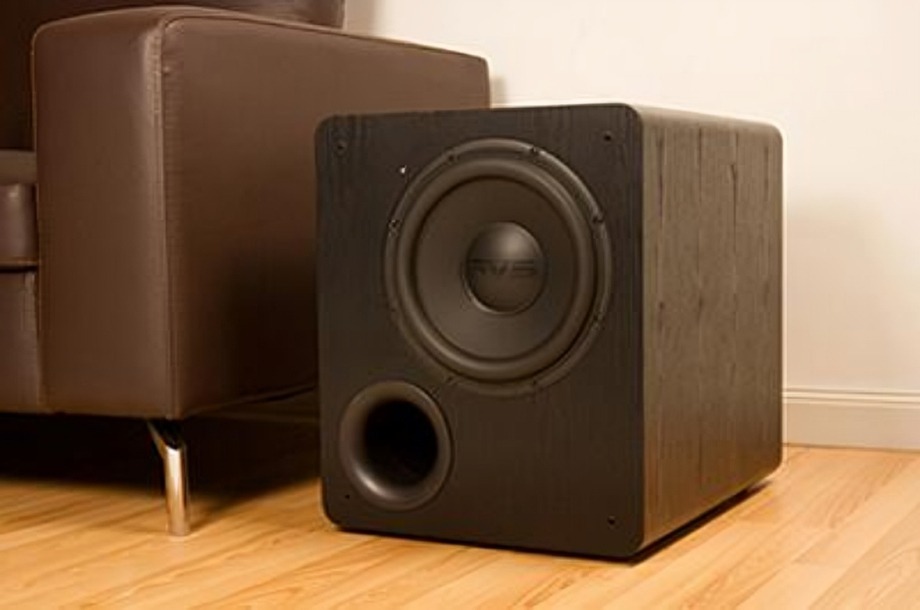A subwoofer is an essential component for anyone looking to elevate their audio experience. Whether you’re watching movies, listening to music, or playing video games, a subwoofer adds depth and richness to sound, particularly in the low-frequency range.
What is a Subwoofer?
A subwoofer is a specialized speaker designed to reproduce low-frequency sounds, typically ranging from 20 Hz to 200 Hz. These frequencies correspond to bass sounds that standard speakers often struggle to deliver effectively. By handling these low frequencies, a subwoofer enhances overall sound quality and provides a more immersive experience.
Types of Subwoofers
When selecting a subwoofer, you will encounter several types, each with unique features and advantages. The two main categories are passive and active subwoofers.
Passive Subwoofers
Passive subwoofers require an external amplifier to power them. They are often larger and can deliver powerful sound but need additional components to function. This type allows for more customization and is ideal for audiophiles who want to tailor their audio setup.
Active Subwoofers
Active subwoofers is also known as powered subwoofers which come with a built-in amplifier. This design simplifies setup and reduces the number of components needed. Active subwoofers are popular among casual listeners and those looking for convenience without compromising on sound quality.
Choosing the Right Subwoofer
Selecting the right subwoofer involves considering several factors to ensure it fits your needs.
Size and Space
The size of your room plays a crucial role in determining the subwoofer you should choose. In larger spaces, a bigger subwoofer can produce more powerful sound, while smaller rooms might benefit from a compact model. It’s essential to match the subwoofer’s size to your environment for optimal performance.
Frequency Response
Frequency response is a critical factor that indicates the range of sounds a subwoofer can produce. Look for a subwoofer with a low-frequency response to ensure it can handle deep bass sounds. A subwoofer with a frequency response of around 20 Hz is ideal for most users.
Power Rating
The power rating, measured in watts, indicates how much power the subwoofer can handle. A higher power rating generally translates to louder sound and better performance, especially in larger rooms. However, it’s essential to find a balance, as excessive power can lead to distortion.
Connectivity Options
Subwoofers come with various connectivity options, including RCA, speaker wire, and wireless capabilities. Consider your existing audio equipment when choosing a subwoofer to ensure compatibility. Wireless options offer convenience, reducing cable clutter while maintaining sound quality.
Benefits of Adding a Subwoofer
Integrating a subwoofer into your audio setup provides numerous benefits, enhancing your overall listening experience.
Improved Sound Quality
A subwoofer significantly improves sound quality by delivering deeper bass and clearer low-frequency sounds. Whether you’re watching action-packed films or enjoying music with rich basslines, a subwoofer ensures you hear every detail, creating a more immersive experience.
Enhanced Movie and Gaming Experiences
For movie and gaming enthusiasts, a subwoofer enhances the experience by providing dynamic sound effects. Explosions, rumbling vehicles, and powerful soundtracks come to life when accompanied by deep bass. This effect increases the thrill and engagement of your media.
Versatility
Subwoofers are versatile and can fit into various audio setups. Whether you have a home theater system, a two-channel stereo, or a surround sound system, a subwoofer can elevate the audio experience. You can enjoy enhanced sound quality in multiple settings, making it a valuable addition.
Installation and Setup
Installing a subwoofer can be straightforward, especially if you opt for an active model. For optimal performance, consider the placement of your subwoofer. Corner placement can enhance bass response, while a central location may provide a more balanced sound. Ensure that you follow the manufacturer’s guidelines for setup and calibration to achieve the best results.
